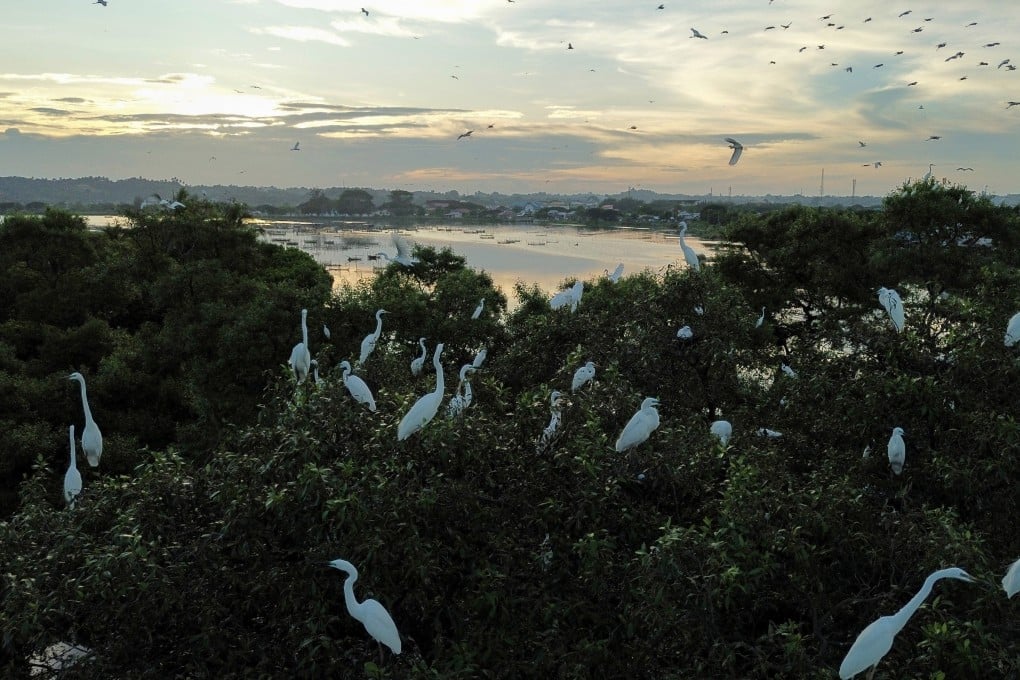What is ‘blue carbon’? Southeast Asia’s net zero answer faces setbacks
- Southeast Asia is one of the largest sources of blue carbon – carbon stored in ocean systems – but human activity is causing massive losses of this potential
- Mangroves and seagrass habitats are the two dominant blue carbon ecosystems in the region, which had been lax in preserving its blue carbon potential

The ocean system comprising tiny phytoplanktons to mangrove belts and sea grasses can store up to five times more carbon than tropical forests, but its vast natural potential is being rapidly depleted, according to Siti Maryam Yaakub, senior director at Singapore-based International Blue Carbon Institute.
So-called blue carbon is known by scientists as carbon stored in ocean systems, and Southeast Asia has one of the largest such sources, but the region is also experiencing massive losses of this potential due to human activity such as aquaculture.
Within Southeast Asia, the two dominant blue carbon ecosystems are mangroves and seagrass habitats. Mangroves are essentially forests that grow in the interface between the land and the sea, while seagrass are underwater plants that thrive in brackish and shallow water.
The region had been lax in preserving its blue carbon potential.
“For example, a lot of the mangroves in Sumatra and Java [in Indonesia] are quickly being converted into shrimp farming, and there’s also conversion into palm oil [cultivation],” she said.